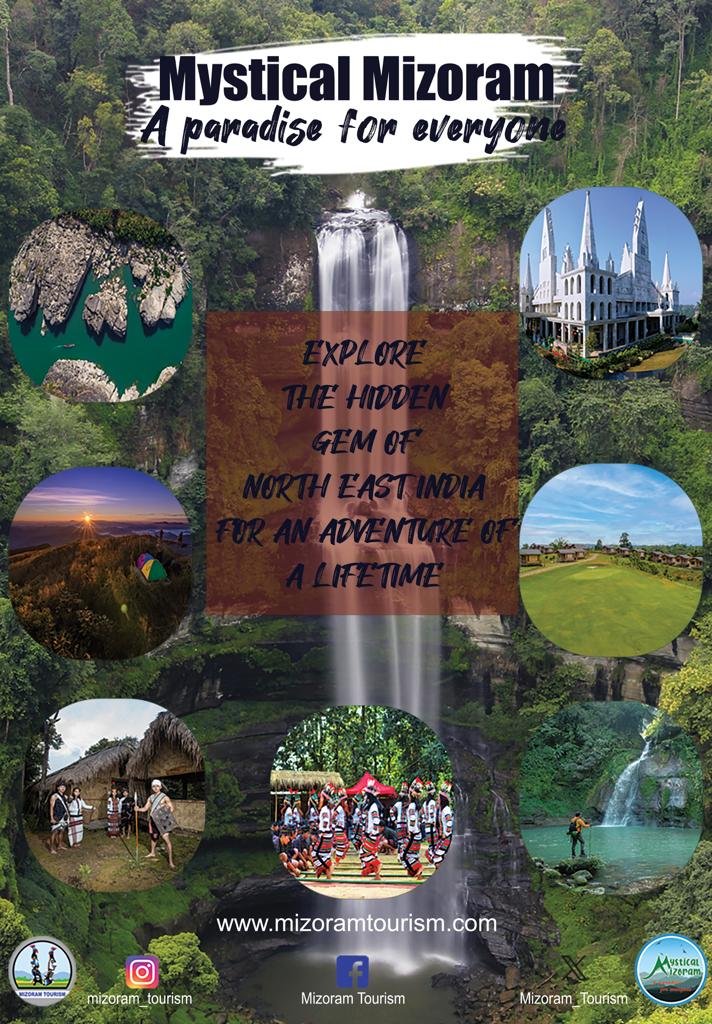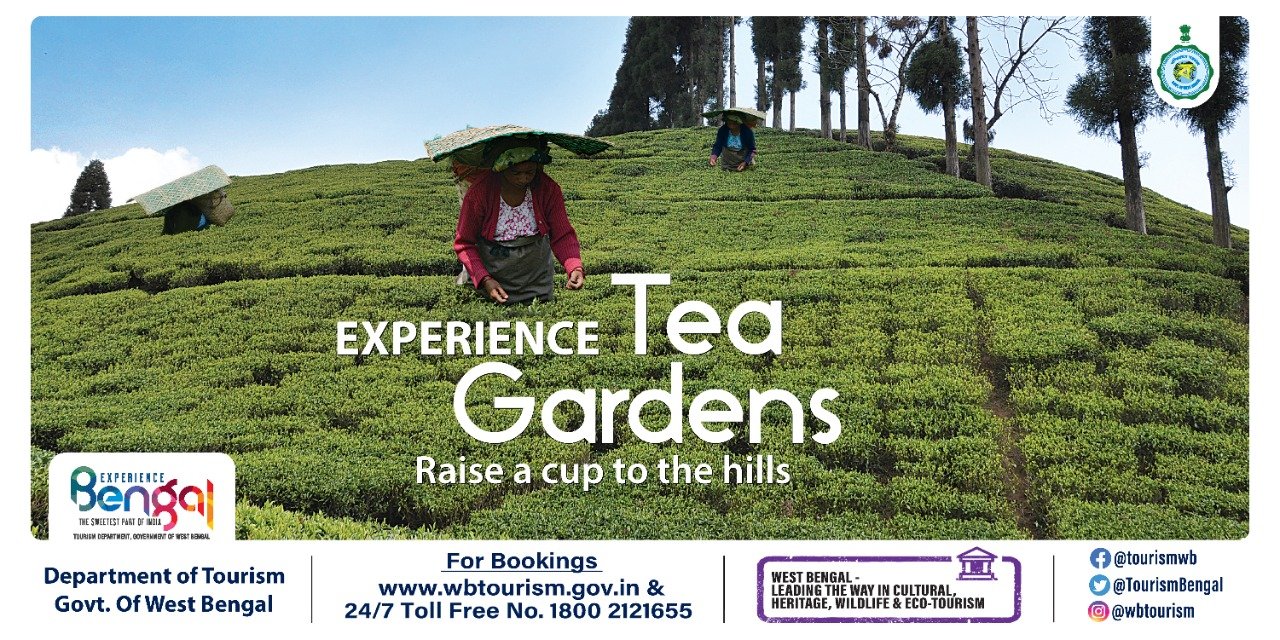TTT NEWS SERVICE
KOLKATA, 9 JULY 2022
The Land of The Thunder Dragon will be opening its borders to tourists from 23 September this year. This was announced by the authority of the Kingdom of Bhutan on 29 June.
“Bhutan will reopen borders in September with renewed focus on sustainability At the center of the sector’s revamp are three areas – upgrading of infrastructure and services, the elevation of tourists’ experiences, and maintaining carbon-neutral tourism,” according to the Tourism Council of Bhutan.

“COVID-19 has allowed us to reset – to rethink how the sector can be best structured and operated, so that it not only benefits Bhutan economically, but socially as well, while keeping carbon footprints low. In the long run, our goal is to create high-value experiences for visitors, and well-paying and professional jobs for our citizens,” according to Dr. Tandi Dorji, Foreign Minister of Bhutan and Chairperson of the Tourism Council of Bhutan.
Among the slew of changes are revised standards for service providers, including hotels, guides, tour operators, and drivers, which will soon be subjected to a more robust certification process before they can engage tourists. Employees will be required to participate in skilling and reskilling programmes, where necessary, to boost service quality.
Amid the intensifying threat of climate change, Bhutan will also be stepping up its efforts to keep the country carbon-negative and a green destination for tourists. The nation is keenly vulnerable to the effects of climate change, such as frequent rain and floods.
As such, it will be raising the Sustainable Development Fee (SDF) of USD65 per person per night for tourists to USD200, which will go towards activities that promote carbon-neutral tourism and building a more sustainable tourism sector. This includes offsetting the carbon footprint of tourists and upskilling workers in the sector. Indian tourists will pay a previously stipulated fee, which will be revised at a later date.
At the same time, the Minimum Daily Package Rate (MDPR) will be removed. The rate refers to the minimum sum paid by all tourists for an all-inclusive package tour to Bhutan.
The MDPR has in the past often limited the tourist experience, as travelers could only choose packaged tours provided by tour operators. Going forward, tourists will have the flexibility to engage service providers directly, and pay for their services accordingly.
“The tourism circuit of the Western districts of Haa, Paro, Thimphu, Punakha, Gasa and Wangdue Phodrang are the most attracted tourism destinations to the Indian tourists.Bhutan provides about 20 percent business to the travel agents of West Bengal and except December, Indian’s travel to Bhutan in all the other eleven months and the most crowded seasons are February, April, May,June and October to
November,” says Anil Punjabi, Chairman ( East) of Travel Agents Federation of India (TAFI).
Tourism contributes to about 3.6 percent of Bhutan’s annual GDP.

Advertisement:






























Add Comment